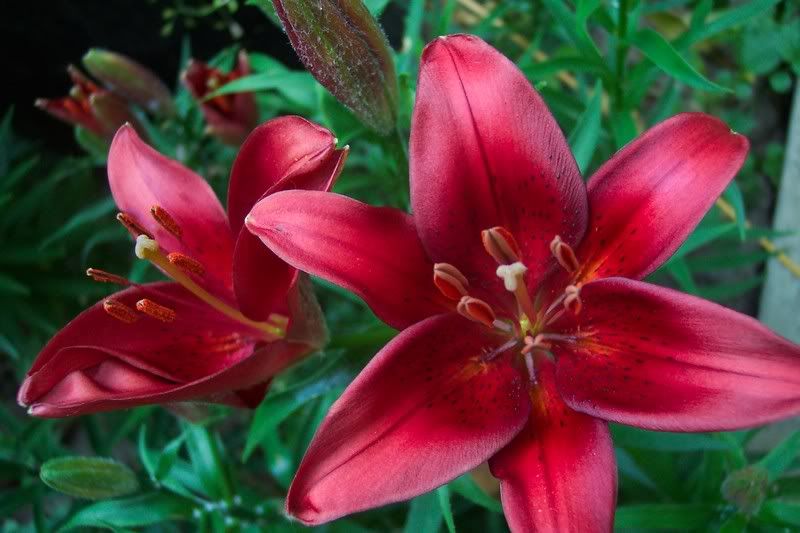Many gardeners are becoming interested in growing butterfly gardens. I will be putting together a list at work at the MBGNA gardens, for an exhibit garden about attracting butterflies. Today I’ll write about flowers that the adult butterflies readily come to for nectar. An even more ambitious garden is one that includes plants that the larvae of butterflies need to eat, but that will have to be another blog.
Butterflies are looking for flowers that have lots of nectar and a good landing platform for them to cling to. Small tubular flowers are especially adapted to the butterflies’ probiscus- its’ specially shaped tongue that works like a straw. These tubular flowers cannot be too long or the butterfly cannot reach all the way down to the nectar which is usually at the base of the petals.
So after a quick look at my favorite flower catalog, Select Seeds, I’ve come up with this list of flowers for attracting butterflies.
Thyme
Valerian
Heliotrope
Asclepias incarnata (common name-Red Swallowwort)
Phlox
Allysum
Verbena (all the different kinds of verbena are good. The Verbena bonariensis is very easy to grow here in Michigan)
Thistle
Scabiosa
Columbine
Chrysanthemum
Herbs (many of them are good nectar flowers)
Milkweed (attracts at least 17 different kinds of butterflies)
Queen Anne’s Lace
Liatris (common name Gayfeather)
Gaillardia
Butterfly Bush
Echinacea purpurea (common name Purple Coneflower)
Violets
Lilac
Yarrow
Rudbeckia hirta (common name Black Eyed Susan)
Monarda (common name Bee Balm)
Lupine
Marigold
Daisy
Lavender
Other things you will want to consider when you plant your garden is to have a sunny site yet sheltered from the wind. Butterflies get tossed around by a breeze fairly easily. A shallow container of water is good too. Even just a mud puddle is beneficial to them. They need to absorb some minerals from the mud.
If you want an in depth look at butterfly gardens go to the Washington Dept. of Fish and Wildlife Backyard Wildlife Sanctuary web site and click on Butterfly Gardens.
Happy Gardening! Bye now, Judy
